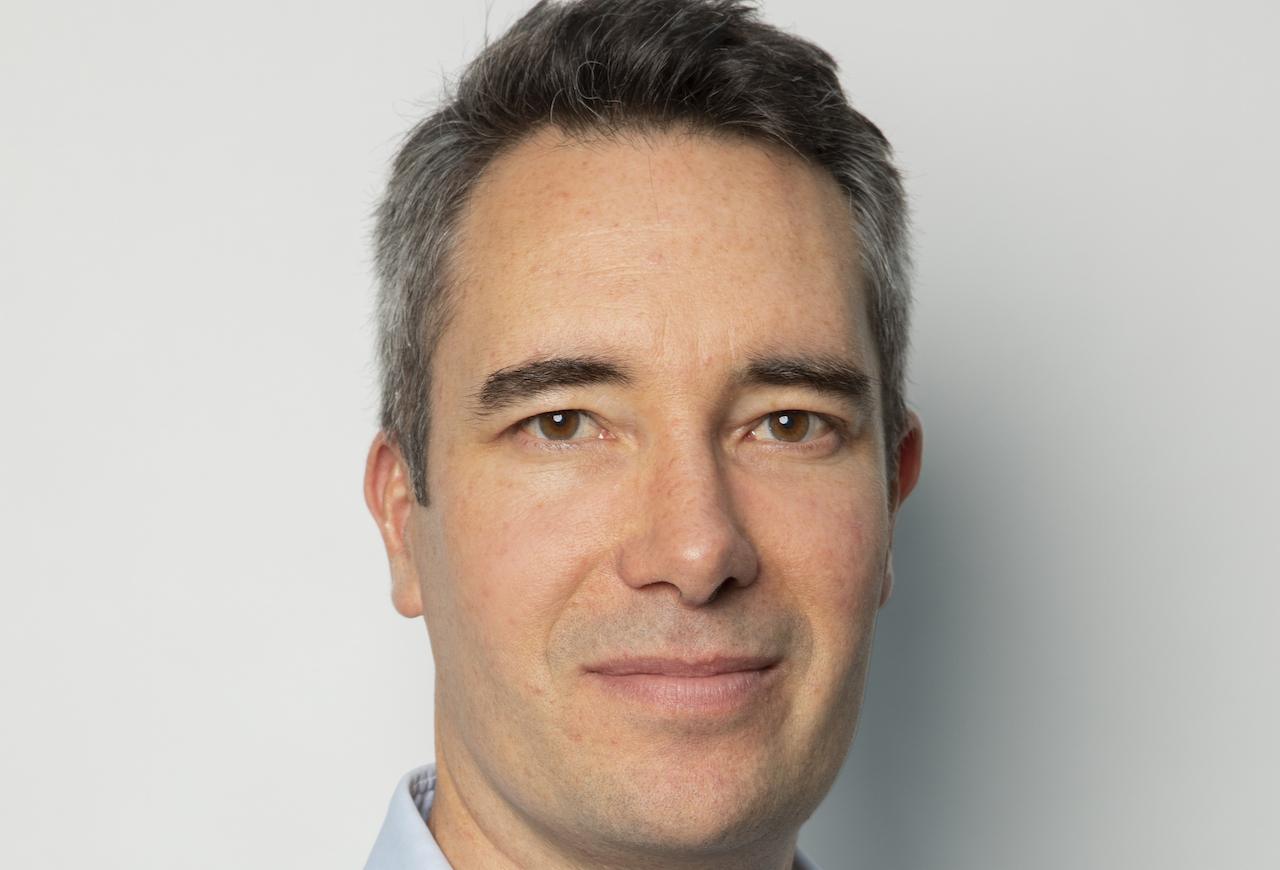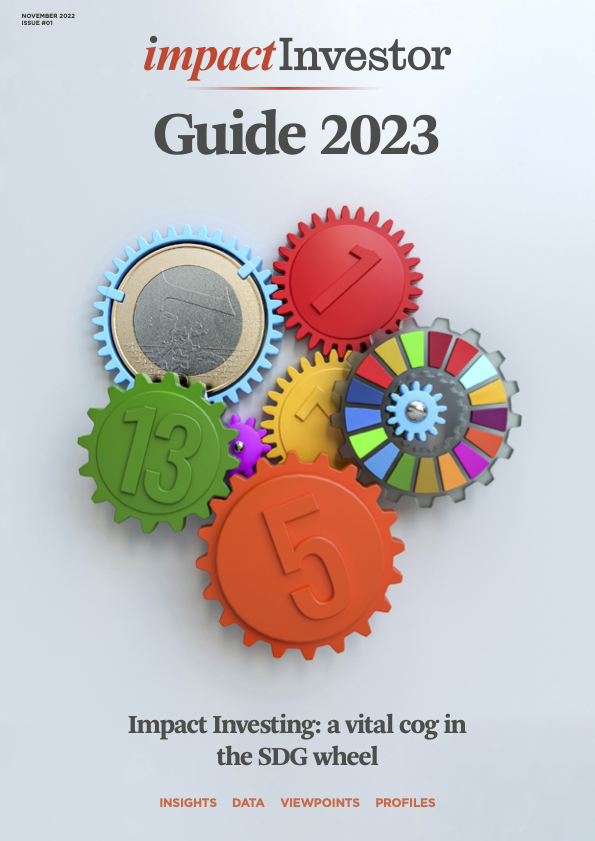Impact investors are split on whether nature-based investing is nascent, just about to take off or already the next big thing.
But they do agree that the current threat to biodiversity is unsustainable and that industry leadership is needed.

Critics of the term ‘natural capital’ say that biodiversity and ecosystems are the pristine offering of the natural world and not ‘services’ to be priced for commercial gain. They think economies and societies depending on these so-called ‘assets’ should not be confronted with zero-sum outcomes – sacrifice today or suffer tomorrow.

But impact investors see a third, nature-positive way ahead. In a recent paper, Unlocking Nature-Smart Development, the World Bank argues that the global natural crisis is both a “systemic risk” for development, but also an opportunity for innovative solutions in economic sectors asserting the greatest pressure on the land, water, forests and biodiversity.
“Biodiversity and nature are clearly an investment risk,” says Lucian Peppelenbos, Robeco’s climate and biodiversity strategist, “so it is important we manage, measure, understand and make clear how they affect economies and financial performance.”
Having overseen work on decarbonising his group’s investment portfolios, Peppelenbos has turned that experience towards building a sustainable investment strategy for nature and bio-diversity. The stakes are high.
Investors can’t ignore that economies are intertwined with nature, he says. They should act as “nature-positive stewards” – managing capital and investing in companies that then impact the natural environment. He also thinks impact investors help to distinguish the “biodiversity leaders from the laggards”.
Interconnected crisis
Three interconnected crises – climate change, biodiversity loss and pollution – are putting global economic and social wellbeing at risk, according to the UN Environment Programme (UNEP) in its Strategy for 2022-2025.It calls for an alignment of actions to the Sustainable Development Goals’ 2030 Agenda, and better recognition of the “complexity and interconnectedness” of these crises.
Biodiversity loss is defined as the decline or disappearance of the variety of living things on the planet. It is largely caused by overexploitation and habitat loss, invasive species, pollution, and climate change associated with global warming. Human activities play a direct role in all cases.
According to the World Wildlife Fund’s Living Planet Report, regions have seen an average drop of 68% in mammal, bird, fish, reptile, and amphibian populations since 1970. It says ambitious conservation measures are just a starting point to stem wildlife loss. We need to change the way we produce and consume food, make agriculture more sustainable, reduce waste, and adopt healthier and more sustainable diets.
New market, old problem
Touted by some as the next big thing and others as incipient but exciting, nature-based investing is widely seen as the only logical path out of the morass. But it is a notoriously tricky one to navigate.

Lack of data to measure the impacts is a big hurdle, according to San Lie, CEO at ASN Impact Investors. A pipe-line of innovations and new business models are being developed “in balance with nature”, he says, but as investments they are still “relatively high risk”. He wants to help them scale up and at the same time coax the industry in new directions.
“Waiting until the perfect data becomes available doesn’t bring us anywhere… we don’t have the luxury to wait,” he says, especially when there is already enough scientific evidence “pointing us in the right direction”. He admits it takes some guts to “simply start investing and learn on the job”, but for ASN it is not a blind leap. “We have our risk framework, we do our due diligence rigorously before we invest,” he says.
Peppelenbos agrees that we need to act now: “There are many things we can already quantify – about water pollution, deforestation, etc. – so we can get to work on what we know in parallel with efforts to improve standards and disclosure.”
Examples can be found in clean water and treatment solutions, he adds, which have positive spillover impacts on the natural environment. But nature-based solutions per se are less mature, “mostly still in project and blended finance stages”, he reckons.
The risk side is a “much bigger universe”, he adds, but a raft of nature-positive initiatives, such as the new EU Biodiversity Strategy for 2030 and proposed law to halve the impact of pesticides by 2030 will quickly transform industry: “It could be a huge change and investors need to be active there.”
Standard-bearers
For Christophe Bochatay, head of ESG and impact at Triple Jump, markets are just one driver of nature-based investing. Progress depends on good governance, standards and management issues. He says the industry needs guidance and that initiatives like the Partnership for Biodiversity Accounting Financials (PBAF) boost confidence in the fundamentals and pave the way to greater deal flow, signalling that biodiversity-positive investments can become mainstream.

In June 2022, PBAF presented the new Biodiversity Accounting Standard for the Financial Industry, which includes an overview of approaches, a document on biodiversity foot-printing, and a handy Q&A.
“Every investor, from pension funds to impact investment firms, can use the new PBAF standard to develop or strengthen their approach to measuring their impact on biodiversity,” says Bochatay. “This is the first step towards building a portfolio of investments that is more resilient to risks, reduces the negative impact, and potentially protects and restores biodiversity.”
Where to from here?
The next five years will be telling. By 2030, Peppelenbos predicts biodiversity should be integrated, measurable and steerable for companies and investors. “We’ll also see large shifts in economies with high-impact sectors transitioning and new ones coming to maturity around nature-based solutions, the circular economy and net-zero solutions.”

From a “normative perspective”, Europe should be close to or have achieved a “net-zero nature” state by then, halting and reversing drivers of biodiversity loss – major discussion points at the COP15 Biodiversity Conference in December.
“But we have learnt from climate scenarios that real-life policy is often not aligned with reality,” he laments. “The key is to keep the normative alive” while addressing policy gaps that keep the market from doing its work.
While nature loss is clearly a global threat, Lie says it is important to understand the local context, where commitment to protecting and restoring biodiversity starts and finishes: “You cannot just focus on the environ-mental aspect of nature, you need the local communities to protect biodiversity, and they need a viable and living wage to survive and to be equipped to protect and enhance the natural assets we still have worldwide.”
As climate hazards and the energy crisis intensify and more biodiversity tipping points are breached, the bottom-up demands of consumers and citizens inevitably converge with top-down political imperatives.
Triple Jump’s Bochatay looks at it another way: “All economic activities ultimately depend on ecosystem services provided by biodiversity which is decreasing rapidly.” He says understanding this relationship and its impact is key to slowing and eventually reversing this trend.
“The financial industry has a critical role to play in transparently reporting on the impact – both negative and positive – that investments and portfolios have on biodiversity,” he asserts.
Robeco’s Peppelenbos confirms that we need investors’ “natural leadership” because they tend to look longer term than political leaders and some companies.
So, the case for investors as stewards of the natural economy is certainly materialising. The need is undeniable, the momentum is palpable, but in terms of industry evolution, nature-based investing remains enigmatic, or as Lie ventures, somewhere between “in its infancy” and “about to take off”.

This article is part of the editorial content of the Impact Investor Guide 2023. You can download a digital copy of the guide here.





